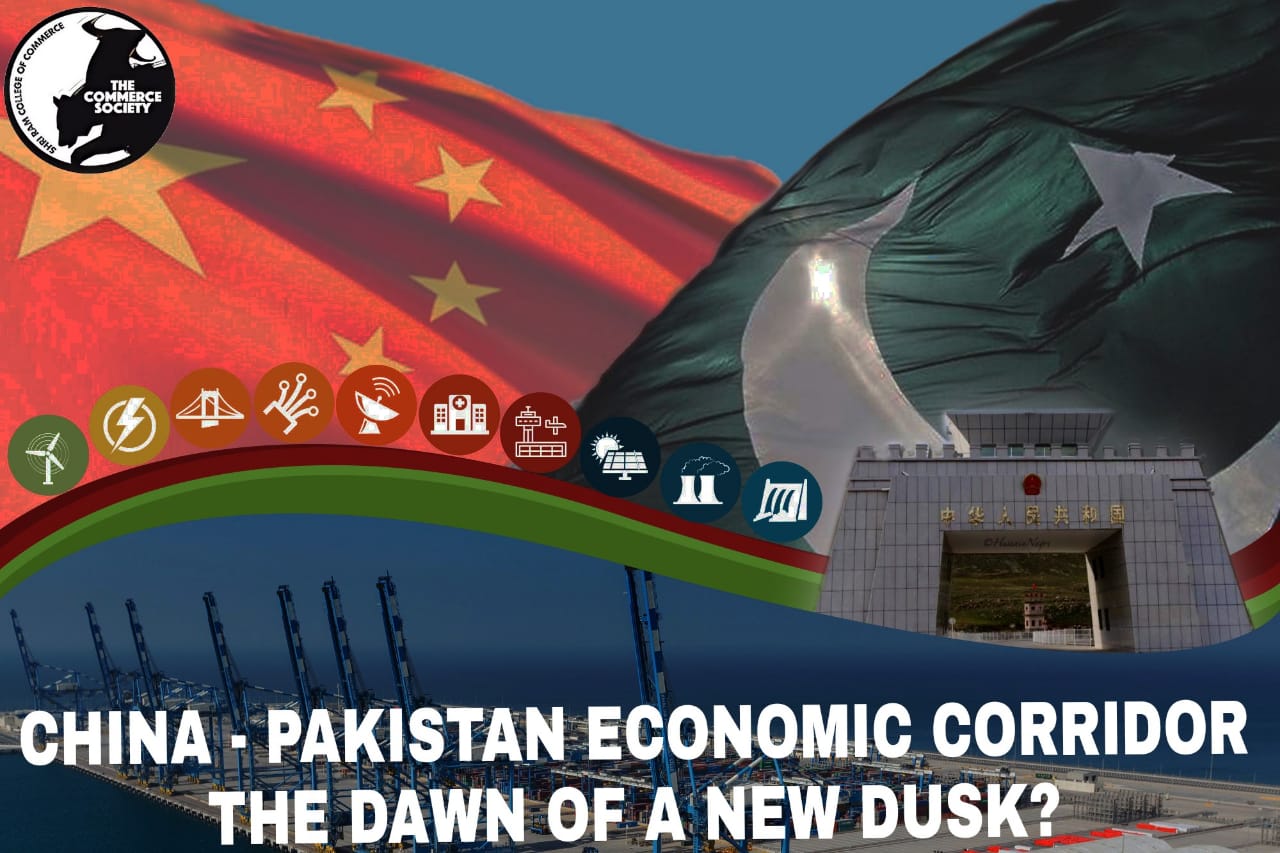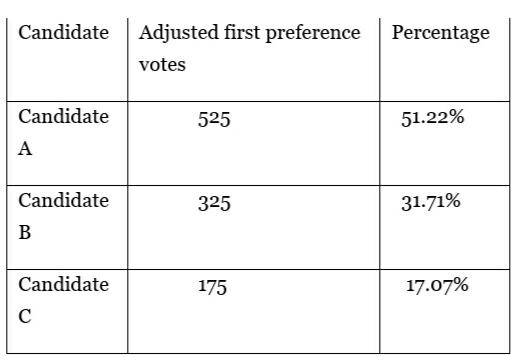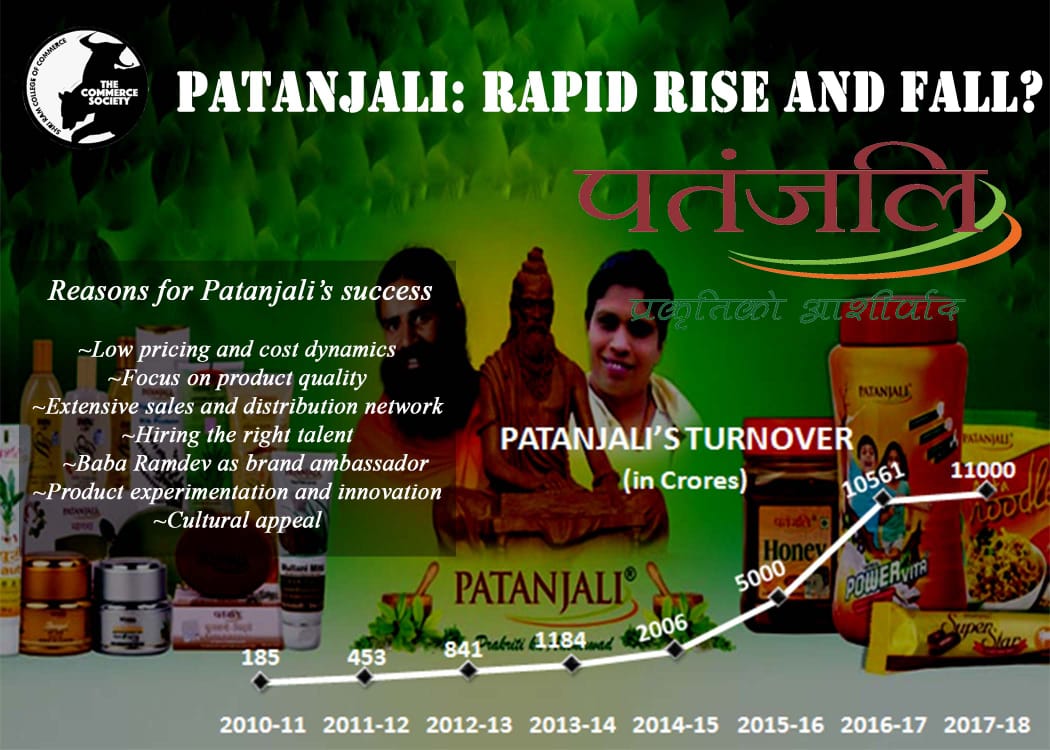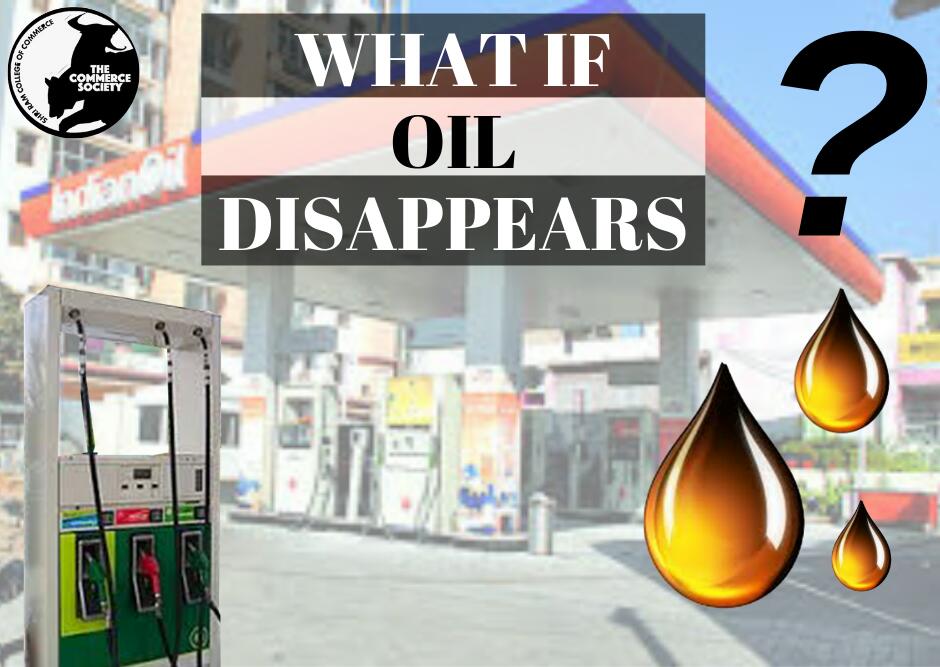BY ARADHANA PANDEY

An ambitious project that took root under the umbrella of the One Belt One Road initiative, the China Pakistan Economic Corridor (CPEC) envisages to change the dynamics of the geo political ties between China and Pakistan, but, one issue that has made everyone scratch their minds still stands to be whether the whole project would really integrate Asia or is it just the beginning of a huge wreck for these nations? Would it actually change the face of the Pakistani economy or is it just China looting Pakistan under the guise of friendship?
Read on as the article unravels right before you whether the project is actually a mutually beneficial development move or just a mere gambit.
AN OVERVIEW:
A framework of regional and economic connectivity, the China Pakistan Economic Corridor, is basically a cluster of infrastructural projects encompassing a large network of highways and railways which would span across the length and breadth of Pakistan.Thus, with the development of a plethora of transportation networks, energy projects and special economic zones the herculean project aims to modernize and strengthen the economy of Pakistan at a fast pace and also, transform, to a huge extent, the geo political and economic relations between China and Pakistan. Integrating all provincial capitals into the economic mesh, the corridor seeks to achieve regional consolidation, harmony and economic development.
THE CPEC TIMELINE:
The long journey of the CPEC might seem hard to believe to some, but, trust us when we say that it was more than 70 years ago when the plans for a corridor stretching from the Chinese border to Pakistan’s deep water ports on the Arabian Sea took birth, back in the 1950s.
- THE CEASE PHASE (2002-2006)
Again, China’s interest in Pakistan’s deep-water harbour at Gwadar rekindled when in 2002, it began constructions at Gwadar port which was completed in 2006. But, as fate would have it, this expansion ceased soon after owing to the political instability in Pakistan consequent to General Musharraf’s fall and the infamous conflicts of the State with the Taliban militants.
- THE REBOOT PHASE (2013-2017)
Luck finally started shining for Pakistan when in 2013, the then Pakistani President Asif Ali Zardari and Chinese Premier Li Keqiang, in order to enhance mutual connectivity, agreed on a memorandum of understanding regarding the China–Pakistan Economic Corridor. Formalised operations started on the $46 billion agreement by late 2016, when the first cargo train departed from Yunnan, launching the direct rail route and sea freight service between China and Pakistan. And much to China and Pak’s joy, it cut the logistics cost by not less than 50%! Reports show that as of September 2017, more than $14 billion worth of projects were under development.
- THE PRESENT STATUS (2018)
The CPEC Summit in Karachi this year threw light on the major milestones that the project has accomplished so far.
1. POWER
The project boasts of two power projects completed in Sindh, two commercial ports, the opening of Keti Bunder. Added to this, with the construction of various wind power projects under the program, the potential of 300 MW of power has been created. In hydropower sector as well the capacity of 30,000 MW of energy has been generated.
2. LOGISTICS AND TRANSPORT
The summit also deliberated upon a separate Ministry for Logistics and Transport to look into the massive demand in this field. Thus, the initial phase of the early harvest program has successfully concluded with these developments.
3. INDUSTRY AND AGRICULTURE
Now, all eyes are on the second stage ( the ‘long term plan’ of the CPEC), which has a major thrust on industrial activity and agriculture, and is estimated to wrap up by 2025.
The long term plan, currently underway , which aims to give a definite and final shape to CPEC, if executed at a smooth and fast pace like the first stage, would surely foster new and efficiently shared trade communities not only between Pakistan and its all weather friend China, but also with some other neighbouring nations as well.
THE LANDSCAPE SETTING OF CPEC:
The corridor mainly takes into account less developed regions into the folds of active development, like- Gilgit-Baltistan, Thar region, and Gwadar). Along with the land routes between the deep-sea port of Gwadar, famously referred to as the gateway of CPEC, Pakistan to Kashgar in Western China, the project also includes a significant portion of the sea-based Maritime Silk Route. This network would connect China, quite easily and cost-effectively, through Gwadar to the broader Indian Ocean, the Gulf states and East Africa, all the way to Mediterranean via Red Sea, thus with north Africa and Europe. Hence, the trade and transit linkages developed under the CPEC would not only upgrade and expand the existing Pakistani infrastructure, but also provide China with alternate routes to other global regions, in a very cost effective manner.
AREAS OF COOPERATION UNDER CPEC:
The Ministry of Planning, Development, and Reform of Pakistan, with its Chinese counterpart- National Development and reform Commission, the focal authorities for administering the whole project have identified the following fields which the CPEC project encompasses:
- Communication technology and connectivity (including roads, rails, fiber optic cables, oil and gas pipelines)
- Energy infrastructure (including new energy constructions, conservation methods)
- Agriculture (including spatial structures and functional zones)
- Industry (including construction of industrial parks, and new manufacturing units)
- Social Sector (including education, tourism, poverty alleviation, media)
- Financial cooperation
- Environment protection (at key areas along the corridor)
MONEY METRICS OF CPEC:
Launched as a $46 billion project back in 2013, the flagship project has today crossed the $62 billion mark. Weighing all the costs on the monetary scale, the entire project stands at a valuation of $75 billion, all set to transform the face of Pakistan’s economy.
At the beginning of previous fiscal year 2017-18, Pakistan had estimated receiving $1.6 billion in Chinese loans and grants for about one and a half dozen projects. The actual disbursement exceeded the target, but the number of projects that received about 90% of loans was only three – Sukkur-Multan motorway, Thakot-Havelian motorway and Orange Line Metro project, Lahore. In total, seven infrastructure projects received loans of $1.8 billion and four of them were related to CPEC, the flagship project under the strategic Belt and Road Initiative of China. Things seemed to be fine in the beginning when Pakistan had pegged all its hopes about repaying all the debt burdens and loans with the huge return on investment that the project was expected to bring, but, as costs swelled and so did the loans, events took a sharp downturn.

SPIRALLING DOWN THE CPEC DEBT TRAP
Skyrocketing debt burdens, struggles for bailouts, and a highly skewed balance of payments. Add all these and throw a shaky economy into the mix, the result you get? What else but, Pakistan. Time and again, Pakistan has proved it that its economic cycle begins with a bailout package from its friend nations, IMF or any international banks and then again, the cycle comes to a halt when the loans get exhausted after being used in a very inefficient way, following which pleads for yet another bailout start the whole chain altogether once more.
Little did Pakistan know about how volatile things could get with its ‘irreplaceable all weather friend China’ when much to the economy’s distress, the results of June 2018 revealed its exports to stand at $23.22 billion while, imports exceeding $60 billion. Pak’s USD reserves also have shrunk to mere $8 billion, enough to provide for no more than two months of imports.
Prior to this whole havoc that has fallen on the Pakistani economy today, Pakistan’s PM Imran Khan had often been quoted as saying how if given a chance to form the government, he would end the nation’s habit of going to the West with a ‘begging bowl’ and how he’d commit suicide if the economy ever has to ask the IMF for a loan. Sadly, all of Khan’s claims and statements crumbled just like a house of cards, when in October this year, the dire economic crises that Pakistan was undergoing through compelled the government to seek assistance from the IMF.
As Syed Talat Hussain very aptly put it, “The boasts of the past were just a plan to capture power, but, now that the capture is complete, the begging bowls are out- with great pride, of course.”
SAUDI ARABIA AS THE NEW ENTRANT: DEAL OR NO DEAL?
Going to IMF was indeed the last resort, when neither China nor Saudi Arab came to Pakistan’s rescue. Saudi Arabia did enter into talks for investments in Gwadar’s oil refinery and Balochistan’s port this year, but, the air was cleared when Pakistani authorities denied the partnership. But, here, what did not come into light was China’s intent behind the revocation. Think about it, why would China agree on adding a partner that is known as the most vital non-NATO ally of the US in West Asia and is known for backing US interests? Also Saudi investment in Balochistan, which shares a border with Iran, might lead to concerns raised by Iran. That would bring China directly or indirectly into the Saudi-Iran issue and furthermore could act as a source of sectarian conflicts in Pakistan. Thus, for both the parties, the deal was a 100% no- no.
WHERE DOES CHINA STAND IN ALL THIS?
Alarming, isn’t it, how despite claiming their bilateral relations to be “higher than the heights of the Himalayas and deeper than the depths of the Arabian Sea.”, China just replied with a blatant ‘no’ to another much needed bailout of the Pakistani economy, which might just be it’s strategy to portray itself as a ‘sincere and unselfish’ nation which does not indulge in any sorts of debt trap diplomacy.
Since the very inception of the project, China has always defined it as a “win- win” situation for both the parties. Of course, this ‘win- win’ cent per cent translates into ‘win twice’ for the Chinese economy in all aspects. By far, CPEC has only pushed Pakistan into the brink of bankruptcy and China has only played the role of forcing Pak to buy it’s equipments for the project, hire Chinese labourers majorly, and has provided Pakistan with zero technological assistance or help. Proving true the frequent accusations by the West of China leveraging huge loans it holds over less developed economies across the world in order to snatch their key assets and increase its military intervention, China might just have ignited the trail of Pak’s economic depression.
In the case of Sri Lanka it was the Hambantota Port, and now all eyes are turned towards Pak whether at all, it would be the Gwadar Port this time.
AT THE CORE OF ALL CHAOS
Stuck in between a pool of soaring debts, shredded reserves and high tensions, Pakistan has definitely got a long list of problems that go well beyond its bad macroeconomic management. It is the money China is lending under CPEC, which Pakistan then uses to pay for imports from China that are then utilized on CPEC projects. Machinery imports alone from China in the first two years of the project raised the current-account deficit by 50%. Topping it all up, right after the government announced the its decision to seek a bailout package from the IMF on the night of October 8, yet another set of challenges greeted Pakistan, starting with a stock-market loss of more than 1,300 points, losing almost 270 billion rupees ($2 billion) of its capitalization.
The very next day, the rupee plunged about 7% compared to it’s previous day’s close of 124.27 to the dollar, as reported by Bloomberg.
The IMF has indicated that the average inflation rate in Pakistan might hit 14% by June next year – a level that if reached could result in interest rates peaking to 15% and the economy drastically slowing down.
THE ROAD AHEAD
It goes without saying that without structural changes of the sort that lenders like the IMF demand – and which Pakistan, for one, has constantly postponed – crises such as the one it now faces are inevitable. Only after Pakistan begins to export more to the world will it be able to pay for the investment it needs for developing the transport, energy and industrial sectors without depending on any other country. And in order to enhance its exports it can deliberate and work upon duty-drawdown schemes, increase the availability of short- and long-term credit to exporters, simplify the regulations related to exports, and take steps to improve cooperation among exporters and between the government and business actors.
IN A NUTSHELL
Some might call it China’s strategy of predatory lending and debt-trap diplomacy, but, one thing which no one would deny is that if weighed, CPEC is turning out to be much more favourable to China while it is only bringing more and more challenges for Pakistan. The journey indeed has been a rocky one for Pakistan, but, now also, if actions are steered in the right direction, the nation would be able to jump over a number of bottlenecks that might befall in future.
Better late than never, Pakistan.








